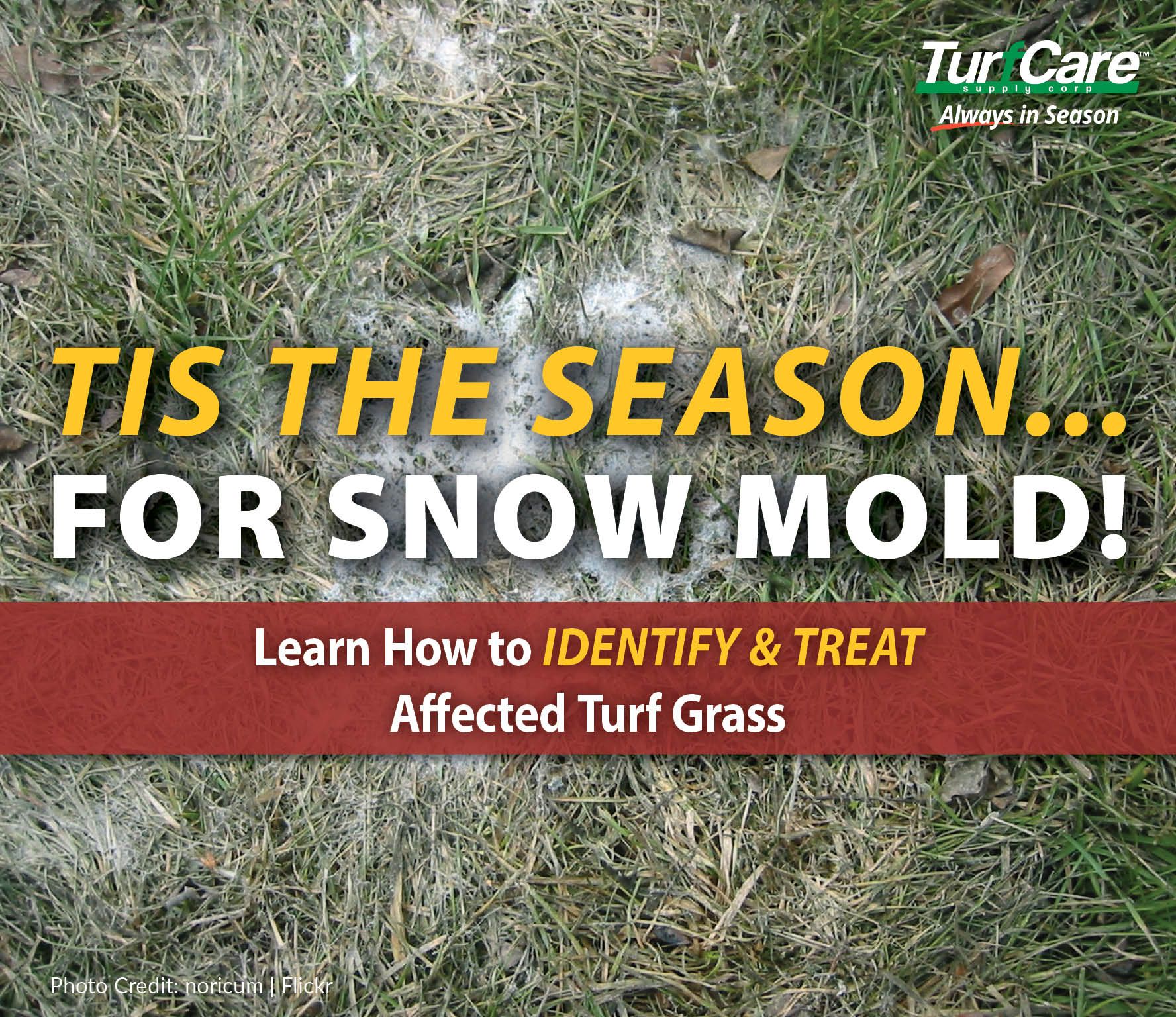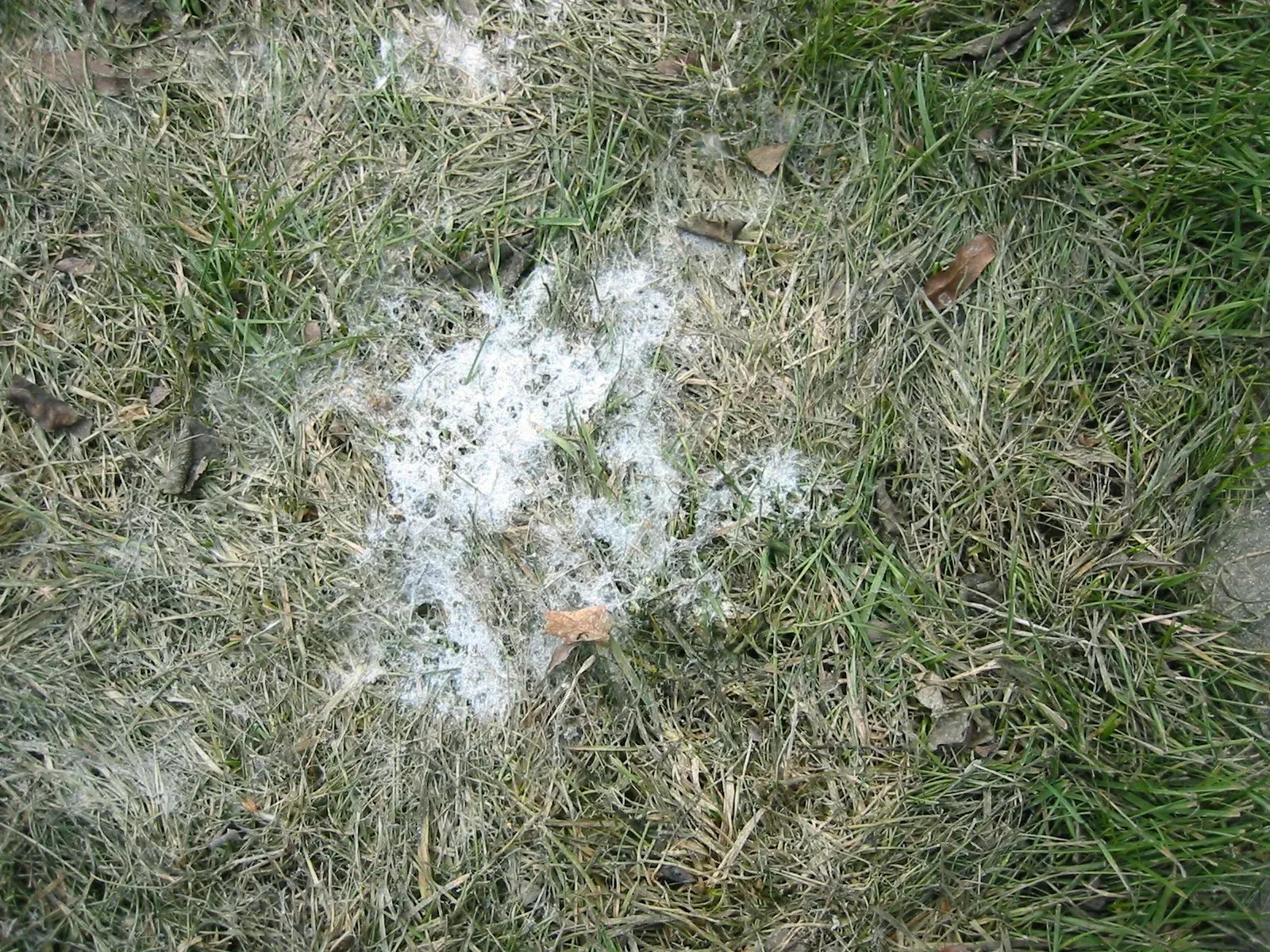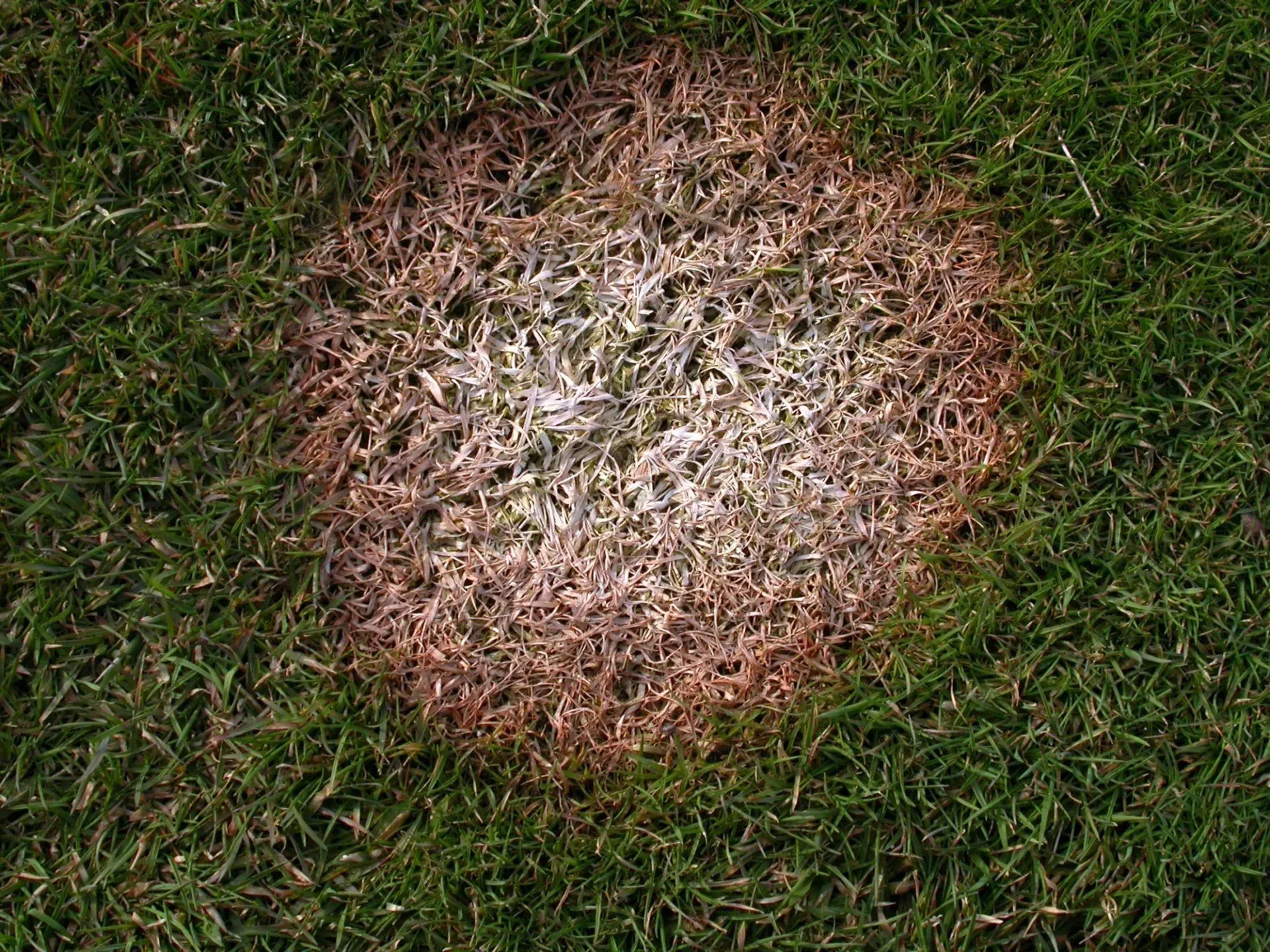THE SCIENCE BEHIND SNOW MOLD ATTACK Snow mold doesn’t happen overnight; the right conditions will lead to this turfgrass disease. In the article, Distribution of Typhula spp. and Typhula ishikariensis Varieties in Wisconsin, Utah, Michigan, and Minnesota, from the Department of Plant Pathology at the University of Wisconsin states:
During winter dormancy, the carbohydrate reserves of the plants are depleted, and the plant becomes less resistant to disease. Weakened plant defenses allow these psychrophilic organisms to take advantage of a host while escaping competition and antagonism from other microorganisms (3,9, 14,23). In intensively managed turfgrasses, particularly creeping bentgrass (Agrostis stolonifera L.) and annual bluegrass (Poa annua L.), symptoms and signs of the disease appear in spring after snow melt as straw-colored circular patches of either dead tissue embedded with sclerotia in the leaves, crowns, or roots of the plant, or sclerotia loosely detached, suspended in mycelium between leaves (32,34).
TREATMENT STRATEGIES
Comes spring and if areas of turf grass appear to be “glued” together and pale yellow in color, then that means snow mold has infected your lawn. Luckily treatment is fairly simple, especially in cases that are not too severe. In the University of Minnesota’s article by Cynthia Ash, “Snow molds in lawns,” its recommended to "gently rake affected areas of the lawn to promote drying and prevent further fungal growth." If snow mold has been a severe, persistent and/or wide-spread issue in past years, a preventative fungicide program can be adopted. Contact the regions Cooperative Extension Office for more information in regard to current registered products available for use in that area.
PREVENTION & MANAGEMENT STRATEGIES
Turf grass is more susceptible to lawn disease during the winter months because of its dormancy. Since plants are not actively growing they are more vulnerable to disease due to the limited reserve of food/nutrients to get them through till spring. However, just because grass is dormant and more susceptible to snow mold disease doesn’t mean that the turf will become infected. It’s important to properly prepare turf grass during late spring/early fall in order to prevent & manage a future infection. Some important strategies to remember are:
- Continue to mow turf as long as it continues to grow, this can even mean
mowing into months when weather beings to cool.
NOTE: Be sure to research or consult a lawn care expert about the grass species in your region for mowing specifications.
- When applying
winterizer in fall, be sure to follow bag label instructions about application timing as well as proper application rate. Fertilizing too late in the fall will stimulate excessive new growth, which will be vulnerable to infection. TIP: Avoid fertilizers with excessive nitrogen in mid-fall to discourage growth, rather, look for a winterizer that has higher rates of Potassium (the K in N-P-K).
- Avoid creating snow banks, or piles of snow from shoveling and plowing on lawns to prevent compacting turf. The longer the snow remains on grass, the more moisture will be trapped, encouraging snow mold growth.
- Leaf Mulch or remove leaves from lawn prior to winter weather. Piles of leaves create a favorable environment for snow mold.
- Manage
thatch and
core aeration prior to heading into months of dormancy.
- In areas affected by snow mold, lightly rake matted areas to loosen the grass in order to encourage new spring growth.
In the end, a balanced fertilization program that is applied in the correct amounts and at the right time ultimately provide the necessary nutrients needed to encourage a strong grass root system that will help prevent snow mold from occurring in the spring after the snow melts.
For professional fertilizers, humic and AMP-XC™ enriched products available, please visit TurfCare’s online
Product Catalog.
For green industry professionals or others interested in ordering Turfcare products, please contact our
Customer Service to find a distributor near you.













